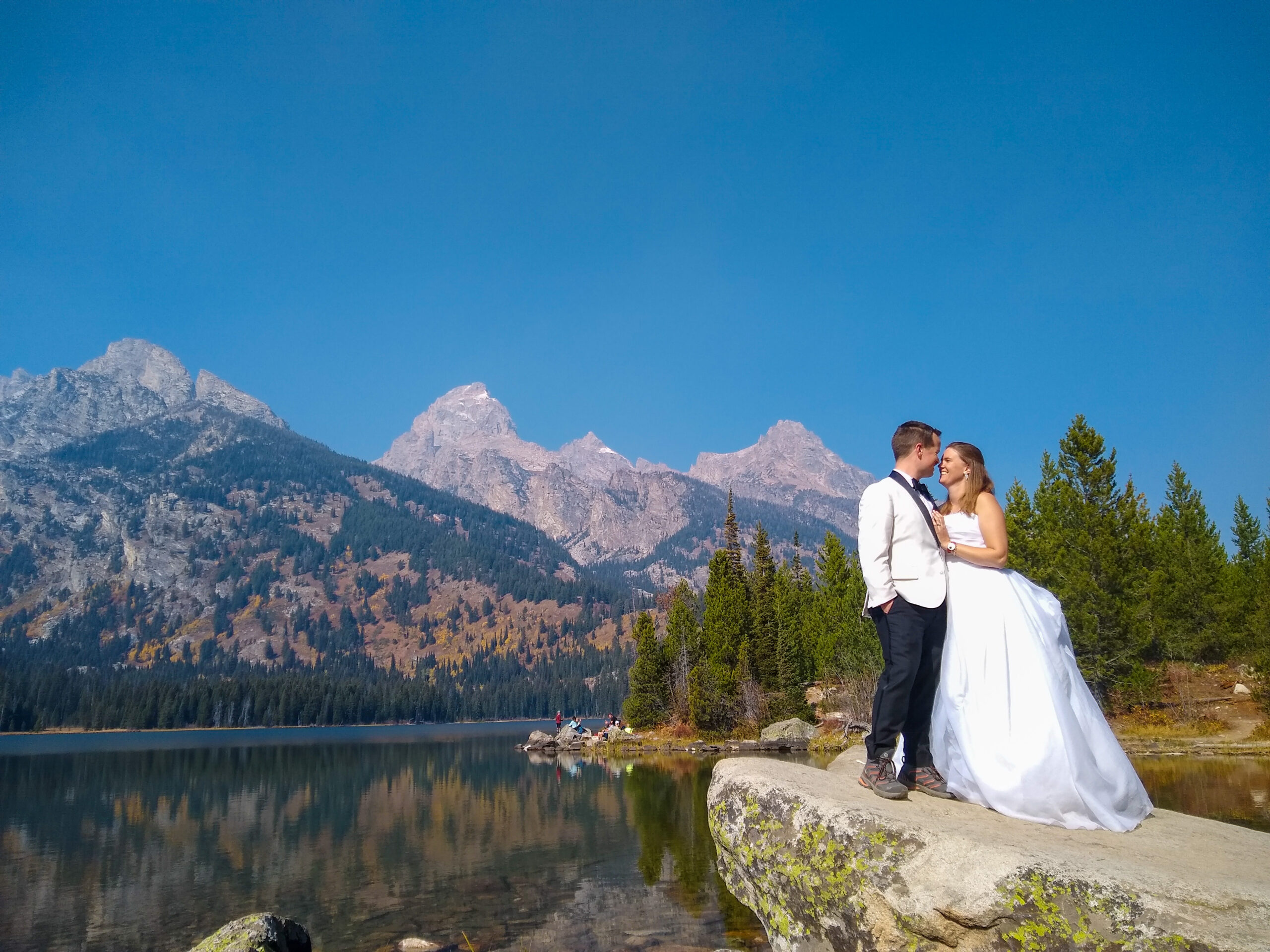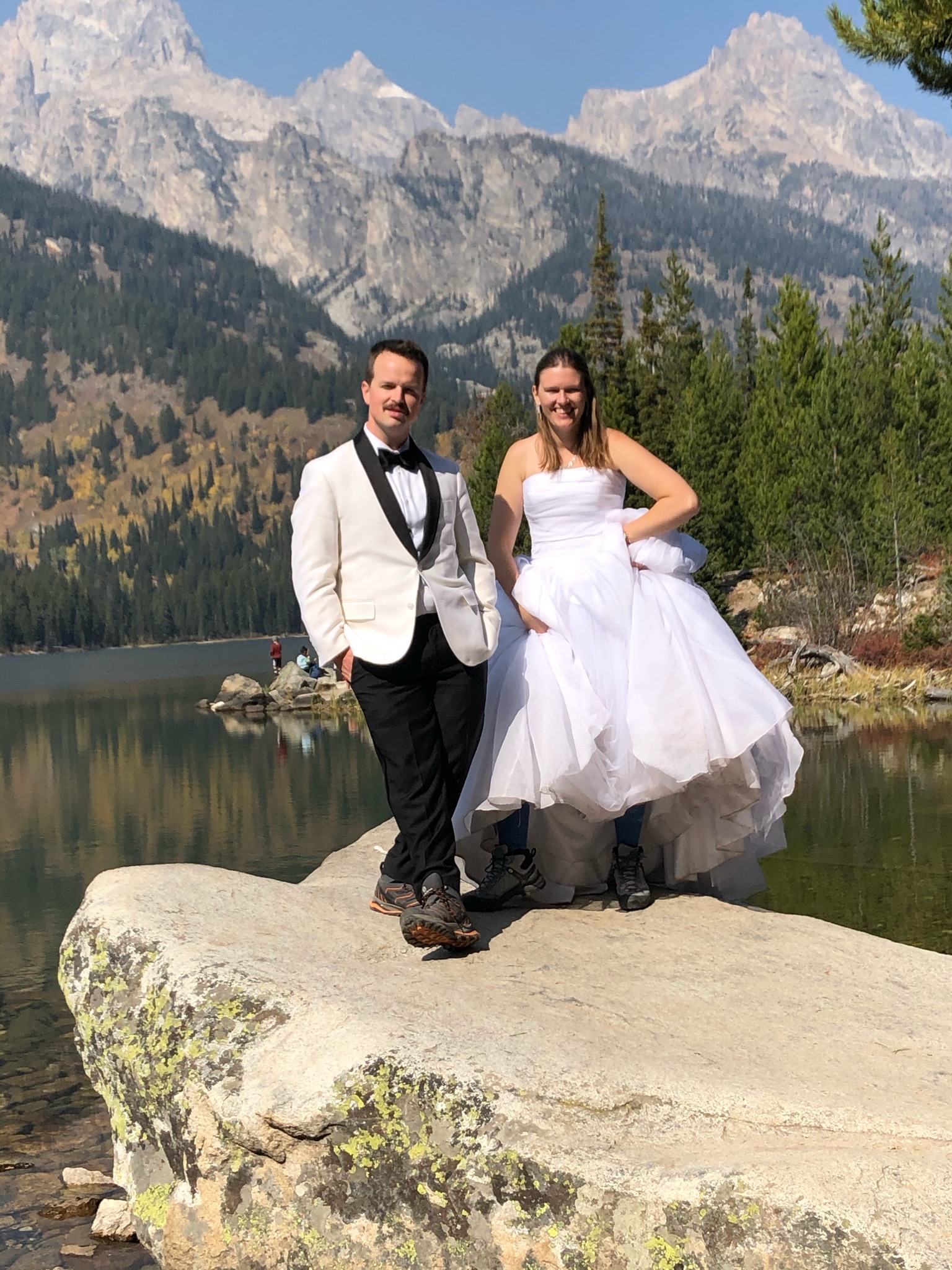Today, companies are trying to find the best way to cut through the noise and share their message with their intended audience. In a world full of distractions, how do you make your message stand out?
Storytelling is a great tool to communicate your company’s message to your audience. People seek out stories. Stories stick in people’s heads. In such a loud world incorporating storytelling into your marketing strategy will help your audience engage with you.
I’ve outlined key storytelling strategies alongside a personal narrative to showcase how to apply these best practices.
| A good story has the following elements:
· Relatable characters · Compelling plot · Communicates a message · Inspires action · Makes people come back for more
|
If you want to walk in a painting, you need to visit Grand Teton National Park. With its picturesque scenery everywhere you go, it’s guaranteed to take your breath away. |
| Your audience should be able to relate to the characters in your marketing story. Ideally, they should replace the characters in your story with themselves. | The day after my husband’s, Kevin, and my wedding was just as special as the day of the wedding. We invited everyone to come hiking with us in Grand Teton National Park (GTNP). We wanted to get pictures in our wedding clothes at the place we got engaged: Taggart Lake.
So, we met everyone in the trailhead parking lot; Kevin was in his tux, and I was in my wedding dress. We strapped on our hiking boots and headed up the trail with our wedding guests in tow. |
| No one wants to stick with a boring story. Bad books don’t sell, boring movies don’t get high ratings, and marketing plots that don’t compel your audience to stay engaged are ignored. Your marketing stories should keep your audience hooked. Answering the questions “Why” and “How” in your story will help hook your audience. Why is your product/service important? How will it affect your audiences work, life, goals, etc.? | It was a bluebird day in GTNP, which happens often. It felt as if we were walking through a painting as we hiked up the trail to the lake. For many of those with us, it was their first-time visiting Wyoming and GTNP. They were in awe as we traversed through the sage brush and pine forests under the Tetons towards the lake. You could hear the rustling of squirrels and birds in the bushes off the trail, searching for the last nuts and berries before the weather turned cold. When we finally made it to the lake, we admired the reflection of the Tetons in the crystal-clear water. |
| Most importantly, your story should communicate a message. Why are you trying to get your audience’s attention? Why is your story important for your audience to hear? Try to limit your story to communicating just one message. Too many messages in one story will make it clunky and uninteresting. It will also confuse your audience. Good marketing stories successfully communicate one message to their audience. | The majesty of the mountains in Grand Teton National Park make it a national park worth visiting. From the first moment you see the Tetons, it will take your breath away. |
| Even though your story should focus on one message, a good storyteller will communicate multiple messages in one story. A good marketing story will inspire action and make your audience come back for more. | The experience added so much to our wedding weekend. Sharing our love for Grand Teton National Park with our loved ones will be a memory we cherish forever. |
| Make your story go further with support assets. Support your story with high quality photos, videos, and graphics. High quality imagery can help take your story further. However, low quality imagery can distract your audience from your message or tell a different message then the one you intend to. | Take a look at the attached photographs and their respective captions to explore how each image would fit into the story. |




Written by Betsy Palmer Dawson, Digital Content Marketing Manager
